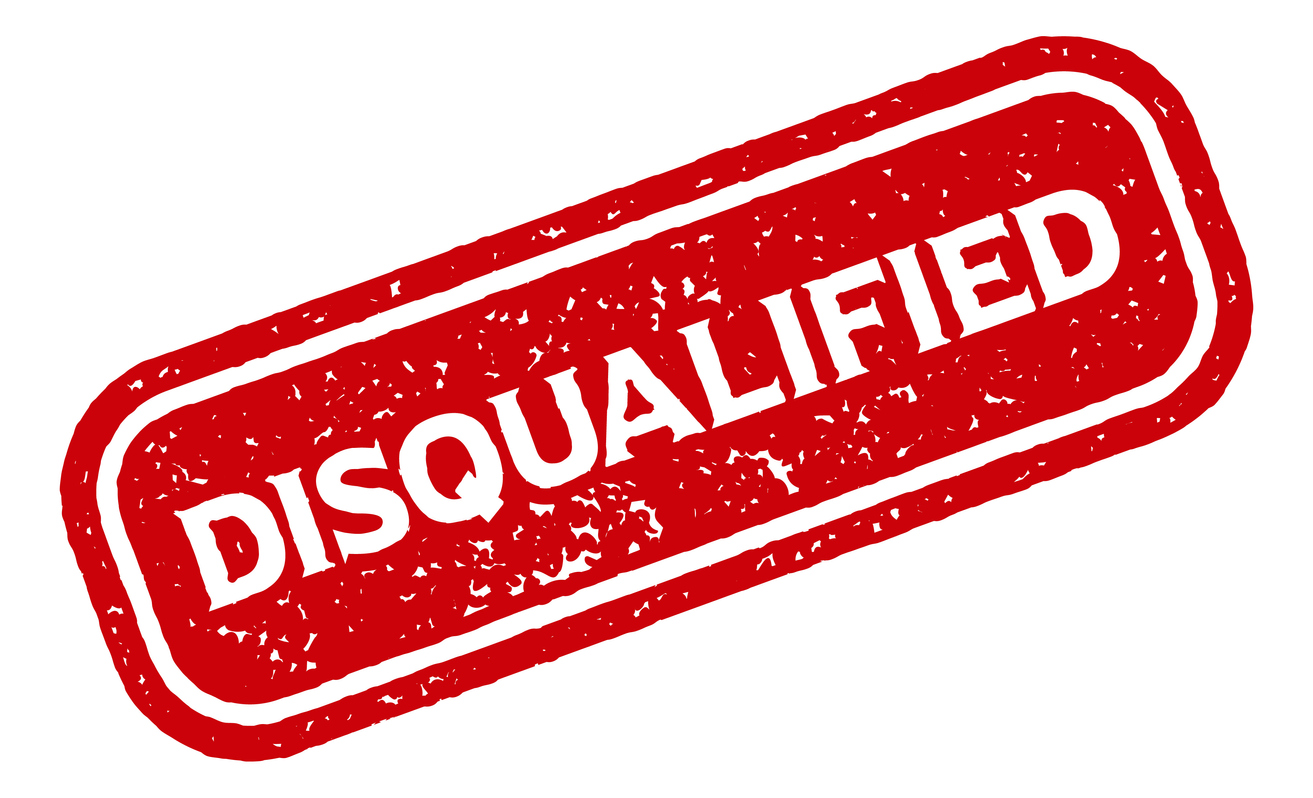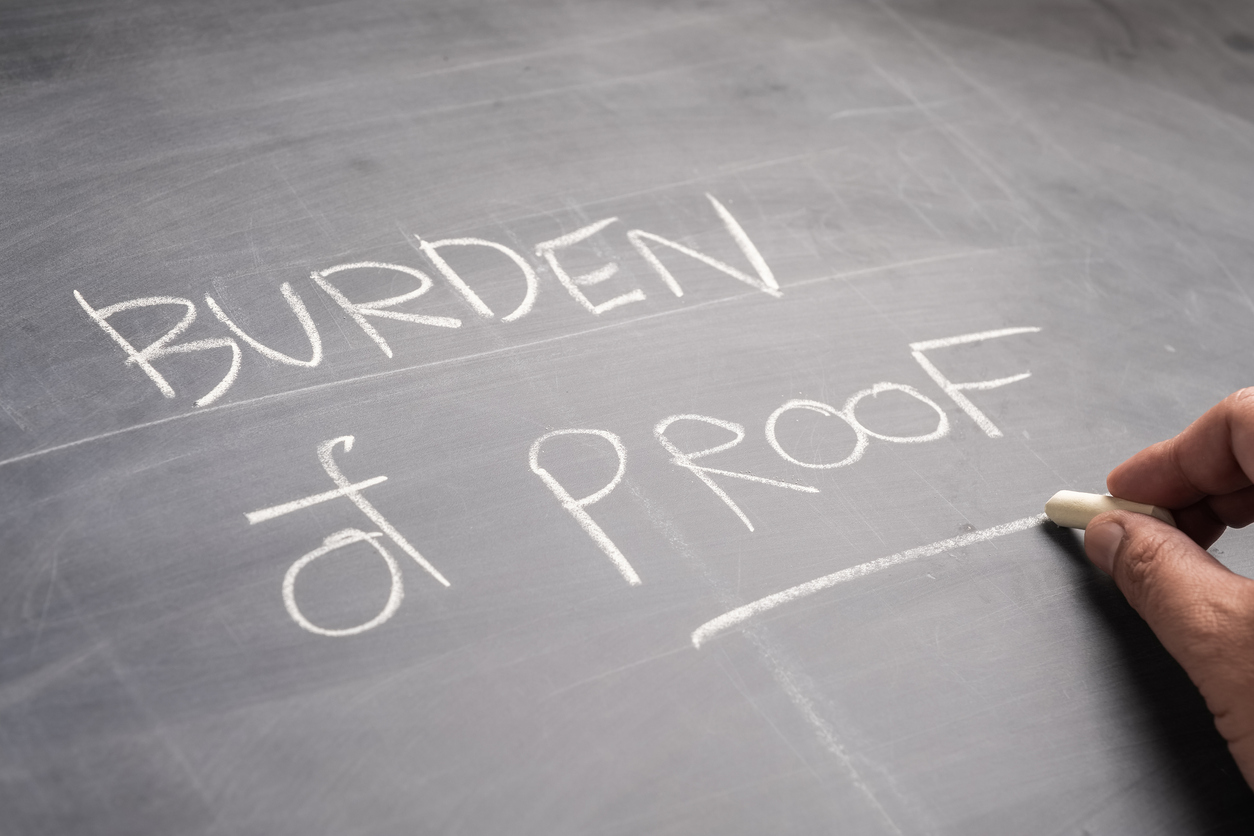An “all-risk” insurance policy provides coverage for all fortuitous losses, less enumerated exclusions. Imperial Ins. Co. v. Ellington, 498 S.W. 2d 368, 371 (Tex. App.- San Antonio 1973, writ denied). Generally under an all-risk policy, the insured need only prove a fortuitous event resulted in a loss. Id. at 375. If the all-risk policy excludes coverage, the insurer must prove that the loss is excluded. Texas Ins. Code § 554.002.
I. The Burdens
Historically in Texas, the insured bore the burden to prove that the loss was excluded. See Lyons v. Millers Cas. Ins. Co. of Texas, 866 S.W. 2d 597 (Tex. 1993); Hardware Dealers Mut. Ins. Co. v. Berglund, 393 S.W. 2d 309 (Tex. 1965); Paulson v. Fire Ins. Exchange, 393 S.W. 2d 316 (Tex. 1965). However, this all changed in 1991 when the Texas Legislature enacted Article 21.58 of the Insurance Code, which now sets the required burden of proof and pleading under insurance contracts. Article 21.58 was codified into § 554.002 of the Insurance Code in 2003, and amended in 2005 to include health maintenance organizations.
Sec. 554.002. BURDEN OF PROOF AND PLEADING. In a suit to recover under an insurance or health maintenance organization contract, the insurer or health maintenance organization has the burden of proof as to any avoidance or affirmative defense that the Texas Rules of Civil Procedure require to be affirmatively pleaded. Language of exclusion in the contract or an exception to coverage claimed by the insurer or health maintenance organization constitutes an avoidance or an affirmative defense. (Emphasis added).
The plain reading of the statue puts the burden of proof and pleading for exclusions on the insurer, and Texas courts have consistently ruled accordingly. Central Mut. Ins. Co. v. KPE Firstplace Land, LLC, 271 S.W. 3d 454, 456 (Tex. App.- Tyler 2008);Lone Star Heat Treating Co., Ltd. v. Liberty Mut. Fire Ins. Co., 233 S.W. 3d 524, 526 (Tex. App.- Houston 2007); Crocker v. American Nat. General Ins. Co., 211 S.W. 3d 928, 931 (Tex. App.- Dallas 2007); Arrellano v. State Farm Fire and Cas. Co., 191 S.W. 3d 852, 856 (Tex. App.- Houston 2006). Should there be an exception to an exclusion, the burden will shift back on the insured to prove the exception to the exclusion. Telepak v. United Services Auto. Ass’n, 887 S.W. 2d 506 (Tex. App.- San Antonio 1994, writ denied).
Furthermore, Texas Rule of Civil Procedure 94 expressly requires that an insured shall never be required to allege the double negative that a loss is not within an exception.
In pleading to a preceding pleading, a party shall set forth affirmatively accord and satisfaction, arbitration and award, assumption of risk, contributory negligence, discharge in bankruptcy, duress, estoppel, failure of consideration, fraud, illegality, injury by fellow servant, laches, license, payment, release, res judicata, statute of frauds, statute of limitations, waiver, and any other matter constituting an avoidance or affirmative defense. Where the suit is on an insurance contract which insures against certain general hazards, but contains other provisions limiting such general liability, the party suing on such contract shall never be required to allege that the loss was not due to a risk or cause coming within any of the exceptions specified in the contract, nor shall the insurer be allowed to raise such issue unless it shall specifically allege that the loss was due to a risk or cause coming within a particular exception to the general liability; provided that nothing herein shall be construed to change the burden of proof on such issue as it now exists. (Emphasis added).
See also Venture Encoding Service, Inc. v. Atlantic Mut. Ins. Co., 107 S.W. 3d 729 (Tex. App.- Fort Worth 2003).
II. Concurrent Causation
Despite the apparent clarity of the statute and contemporary case law, some courts have held on to the traditional approach of requiring the insured to prove coverage exclusions, often when dealing with the complexities of concurrent causation. See Wallis v. United Services Auto. Ass’n, 2 S.W. 3d 300 (Tex. App.- San Antonio 1999). Some of this confusion may be attributable to the fact that the Texas Supreme Court published the case of Lyons v. Millers Cas. Ins. Co. of Texas in 1993, after the Texas Legislature enacted Article 21.58 (later § 554.002) in 1991. Although Lyons was published in 1993, that case resolved issues of law that arose when the case was heard at the appellate level in 1990, before Article 21.58 was law. This leaves the Lyons case in the same pre § 554.002 classification as the other cases that set the concurrent causation doctrine.
What is the concurrent causation doctrine? When two or more events combine to cause a loss, courts take different approaches to determine if the loss is covered under an insurance policy. Texas courts use the concurrent causation doctrine, which holds that as long as one of the causes was a covered cause of loss, the loss will be covered under the policy. In an all-risk policy, the insured would only need to prove a fortuitous loss, and the insurer would need to prove that all causes of loss are excluded under the policy. Unfortunately, coverage only gets you in the door; it doesn’t determine how much you will recover.
Many courts have been holding on to the traditional concurrent causation rules set forth in case law that predates § 554.002. Cases like Wallis almost without fail cite back to Lyons and other pre § 554.002 cases without giving any regard to the legislative intent set forth in § 554.002. Respectfully, these courts, like the one in Wallis, err in the reasoning that the doctrine of concurrent causation is not an affirmative defense or avoidance issue. On the contrary, § 554.002 expressly states that, “Language of exclusion … constitutes an avoidance or an affirmative defense.” Causation will either be (a) a covered cause of loss, or (b) an excluded cause of loss. To the extent that an insurer claims a particular cause of loss is excluded, the insurer is required by § 554.002 to prove that exclusion. In Wallis, despite the erroneous finding mentioned above, the court still determined whether the insured had met its burden of proving the loss was covered and that the insurer had proved its exclusions. At no point did the court ever expect the insured to plead and prove a double-negative — that the exclusion did not apply. Other courts that have continued the traditional rule of requiring the insured to prove the double-negative, that a loss is not excluded, have also relied on pre § 554.002 cases to support that basis. See Travelers Personal Sec. Ins. Co. v. McClelland, 189 S.W. 3d 846 (Tex. App.- Houston 2006).
By relying on case law that predates Article 21.58 and § 554.002 and not giving due consideration to the Legislature’s clear intent to require that each party bear their own burden of proof, Texas judges have given the insurance companies an uneven playing field. There is no rational policy reason for giving insurance companies this advantage of requiring the insured to prove both coverage and lack of exceptions in concurrent causation cases, and now is the time to stop.



